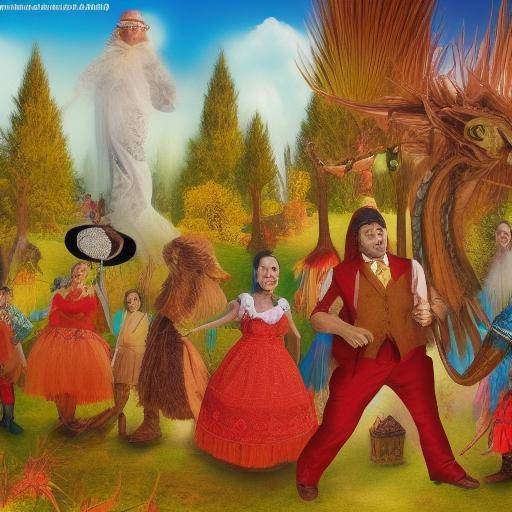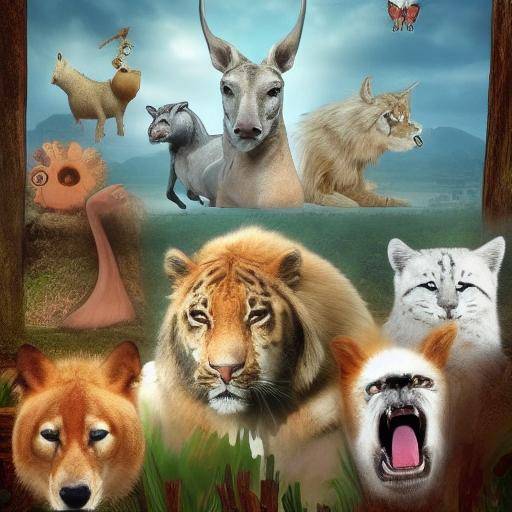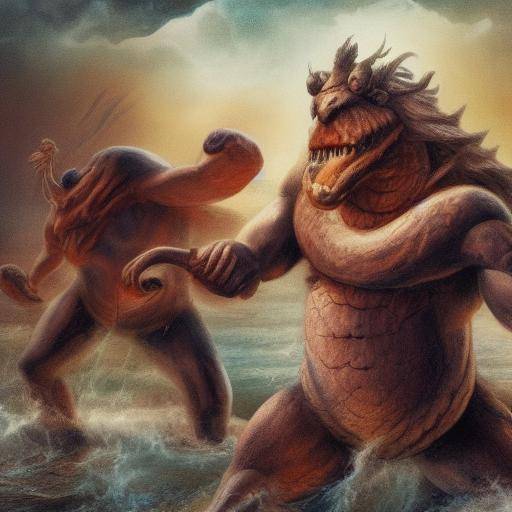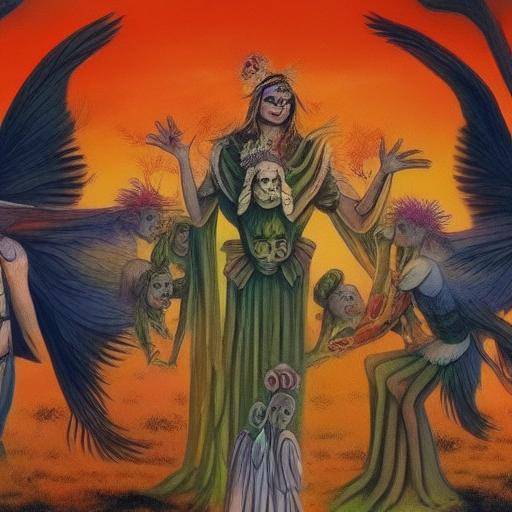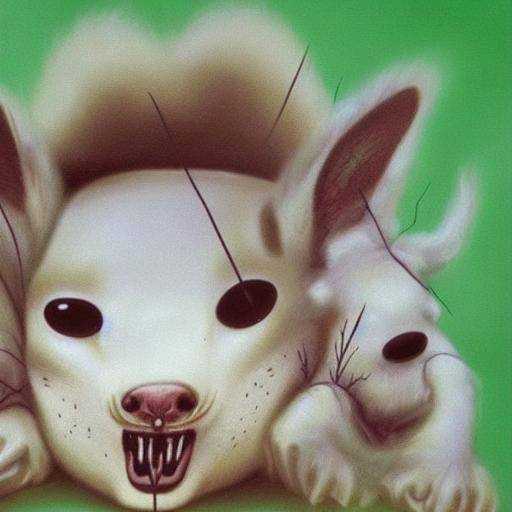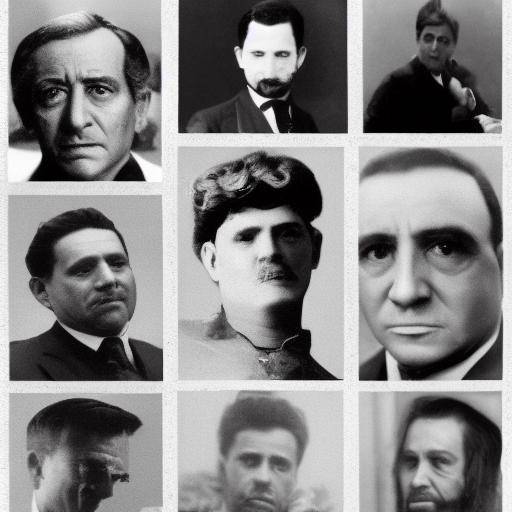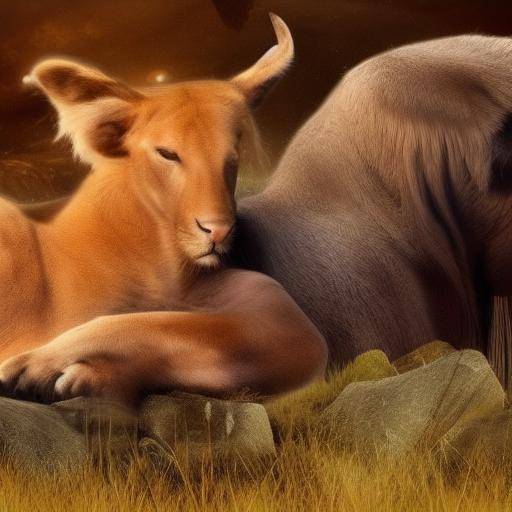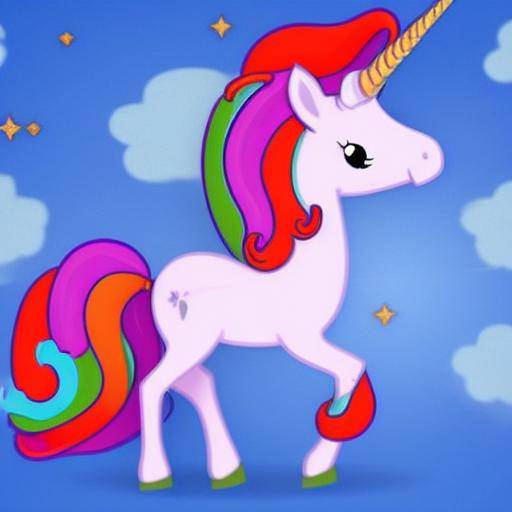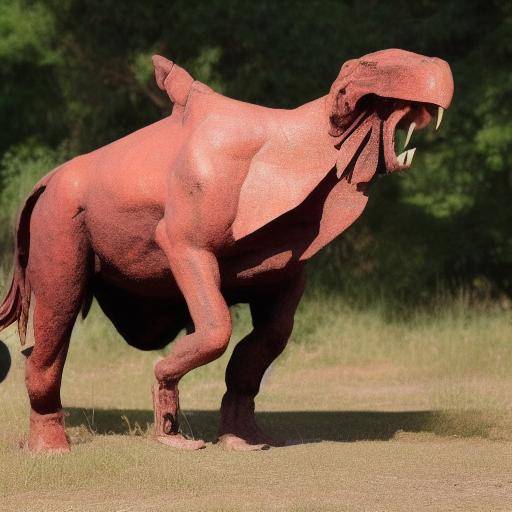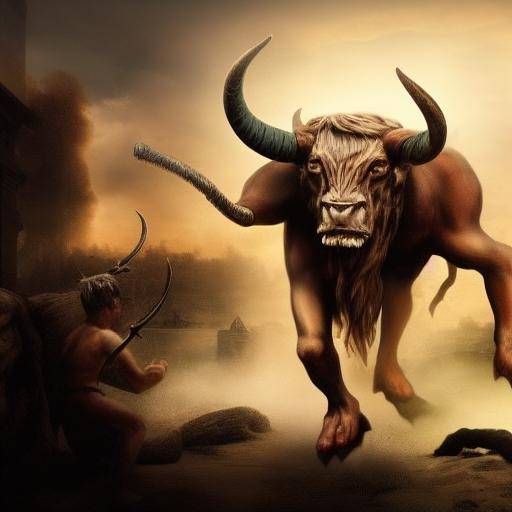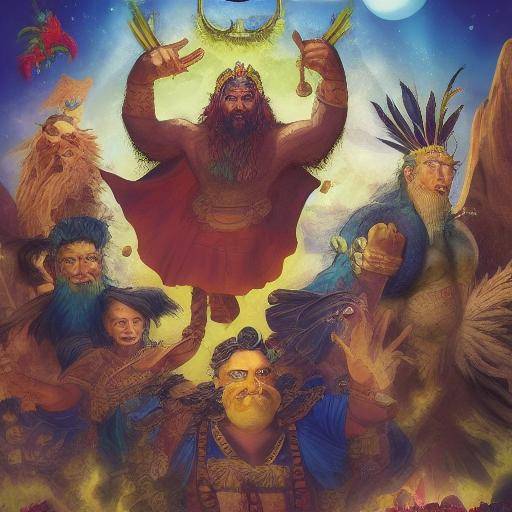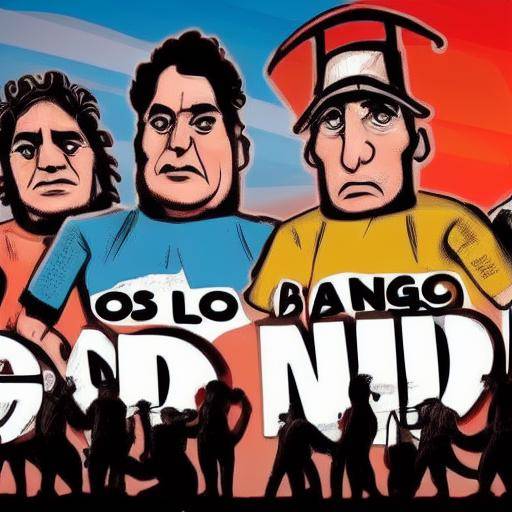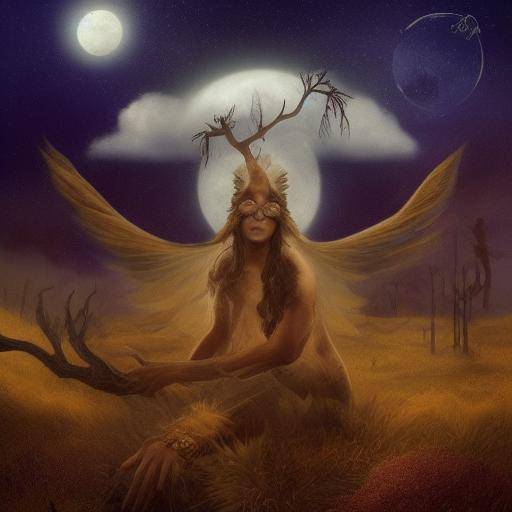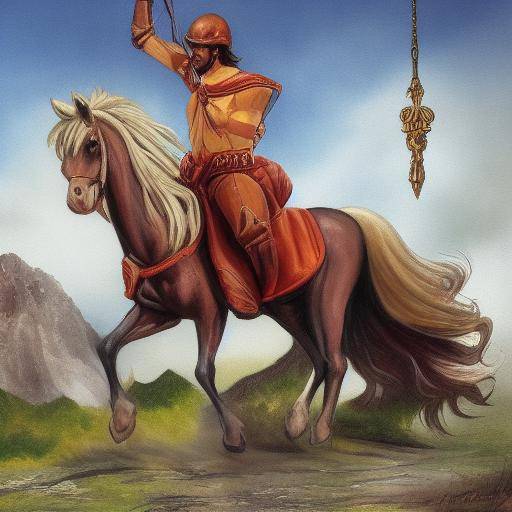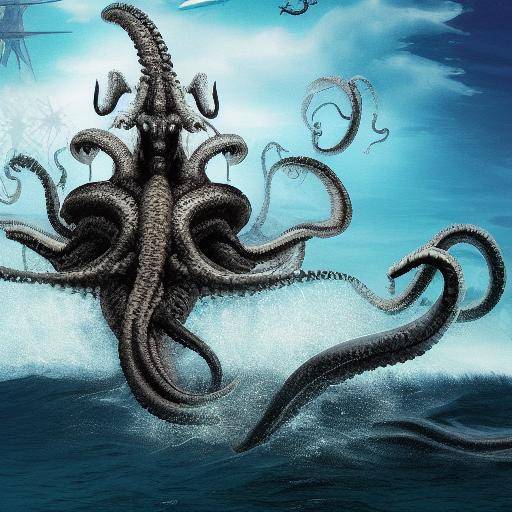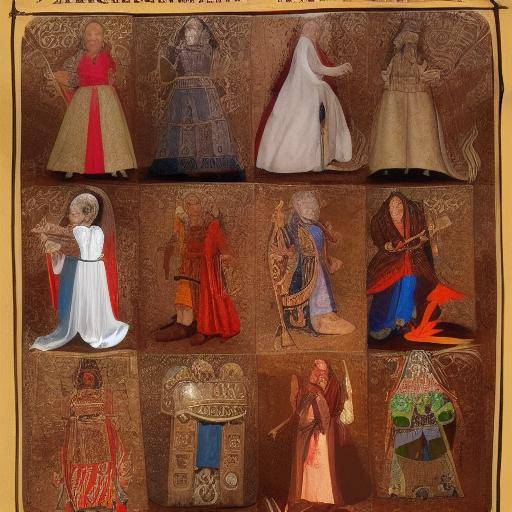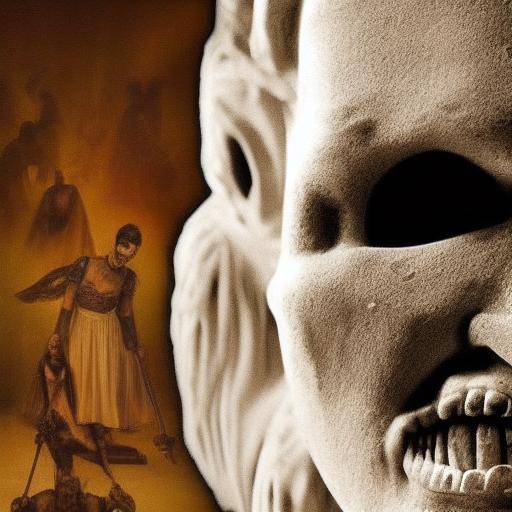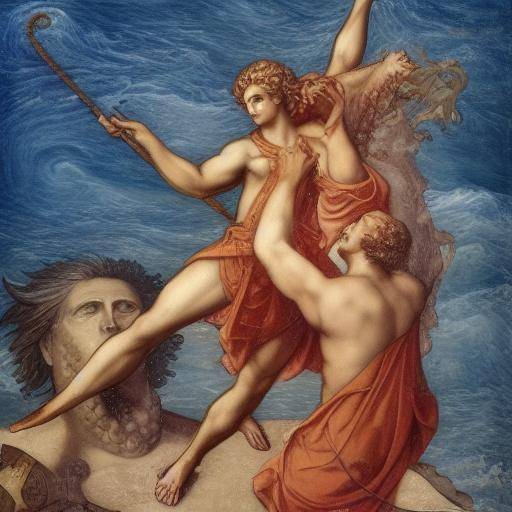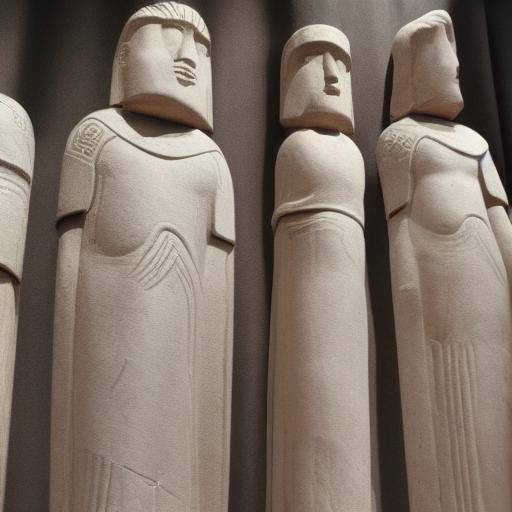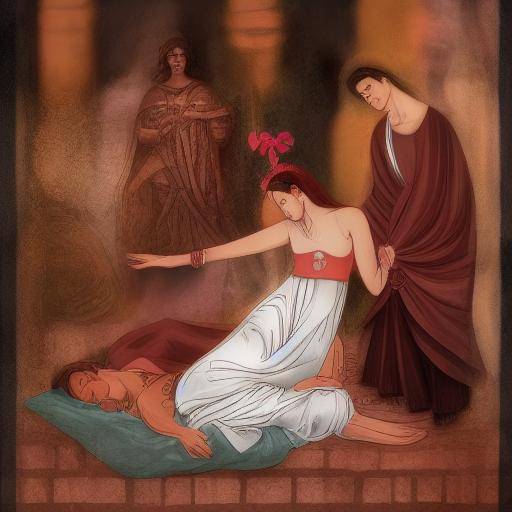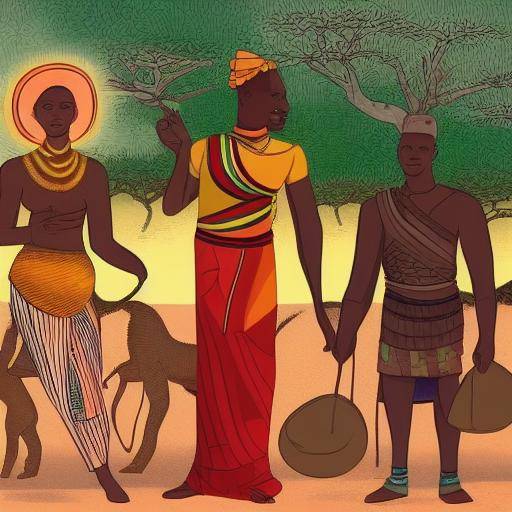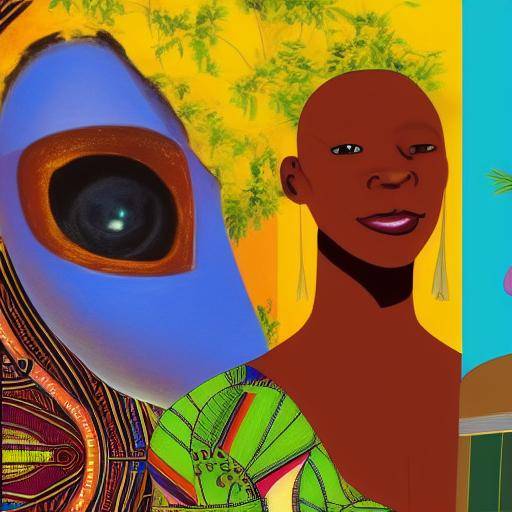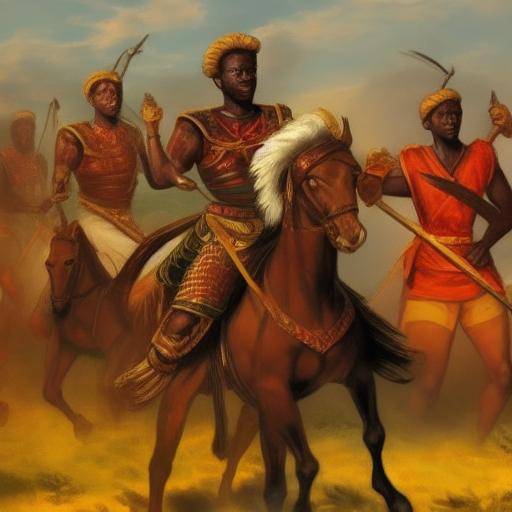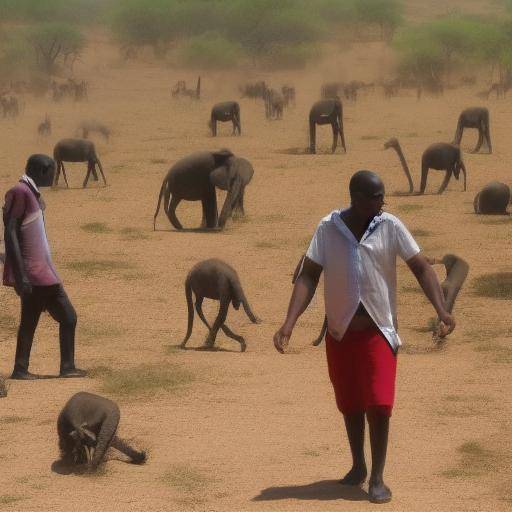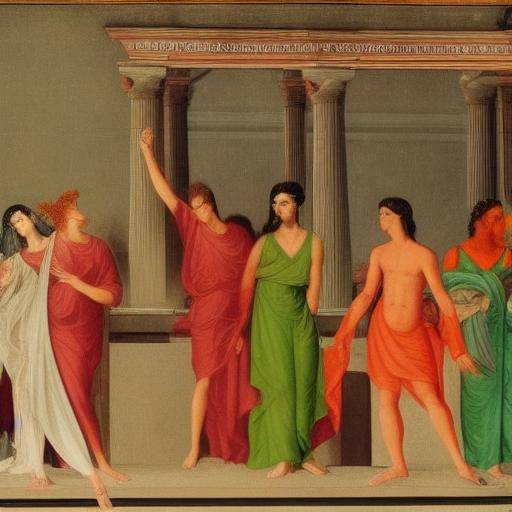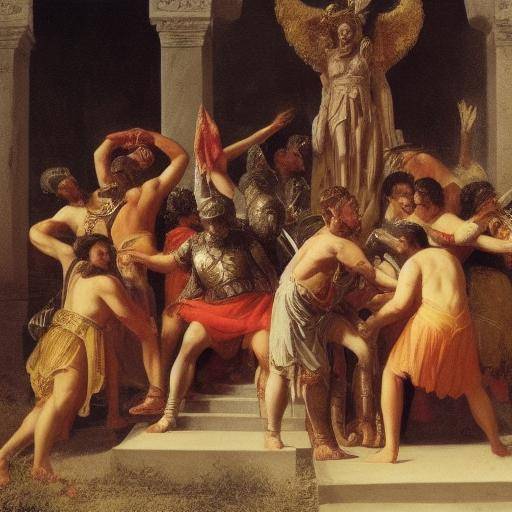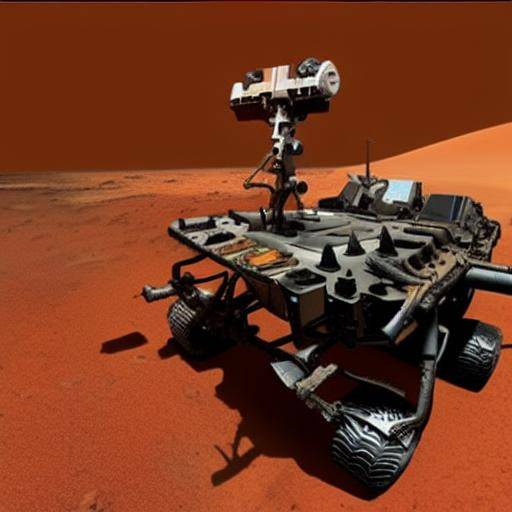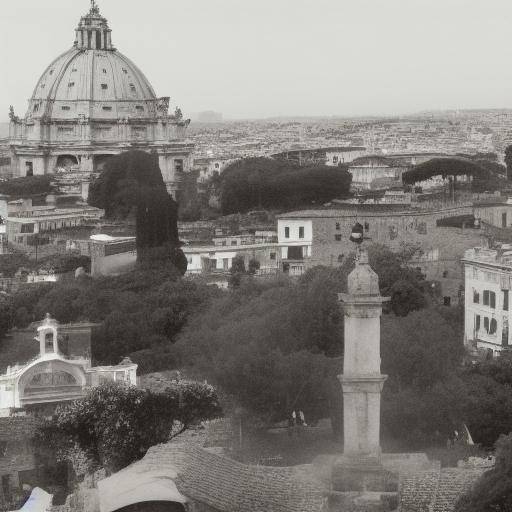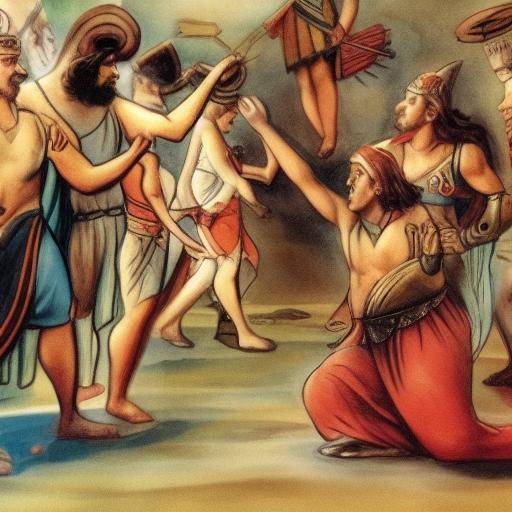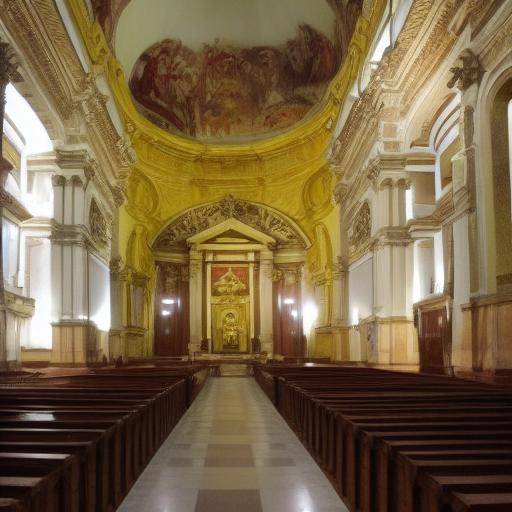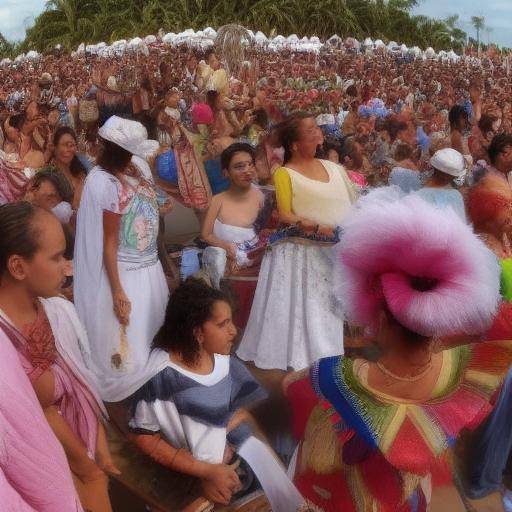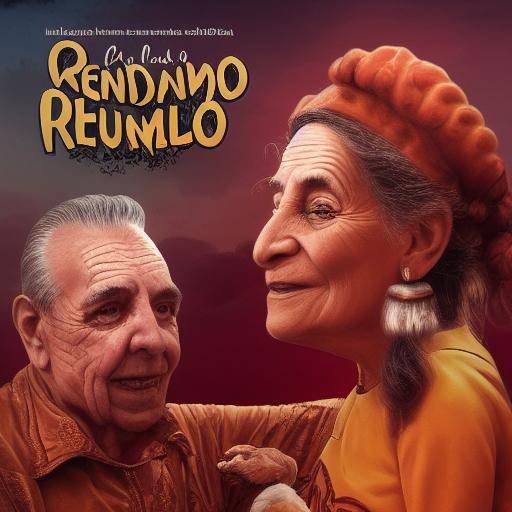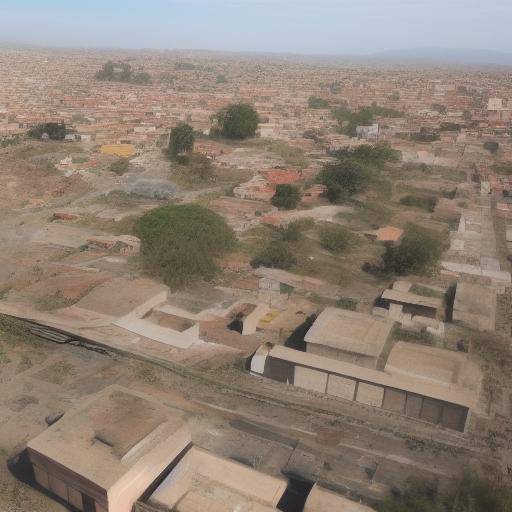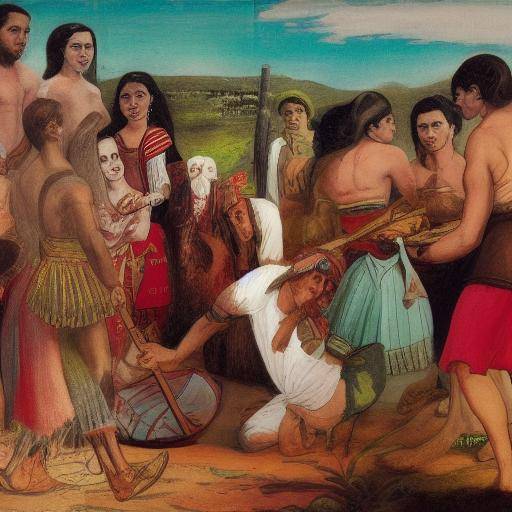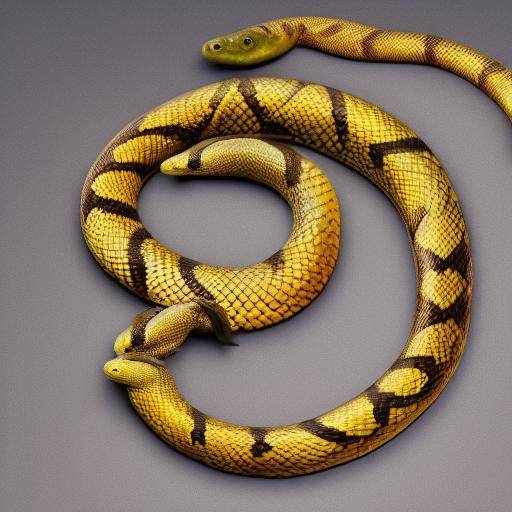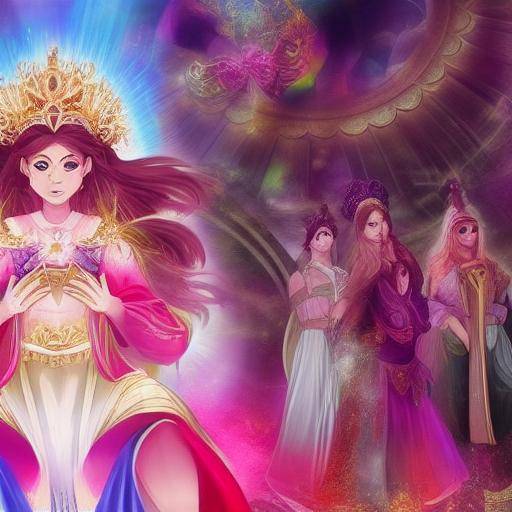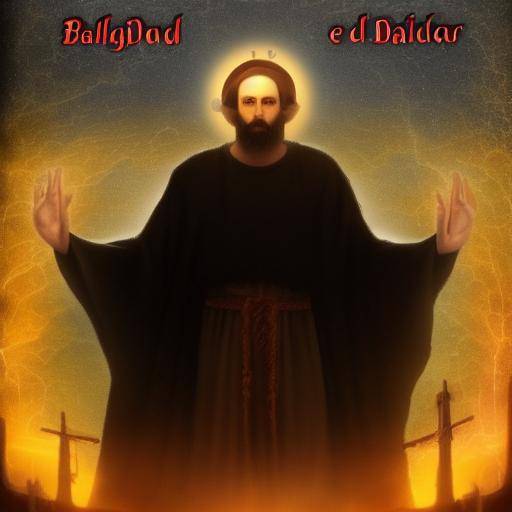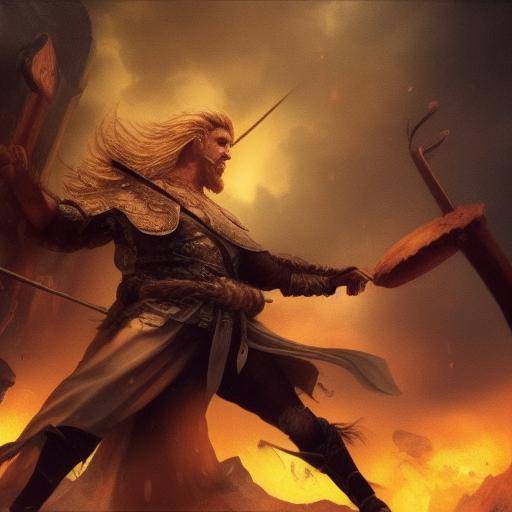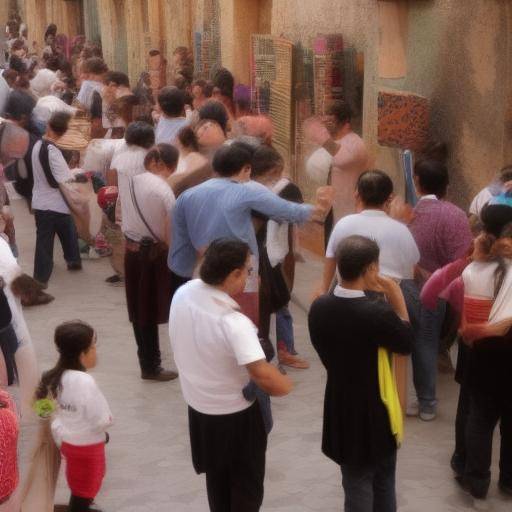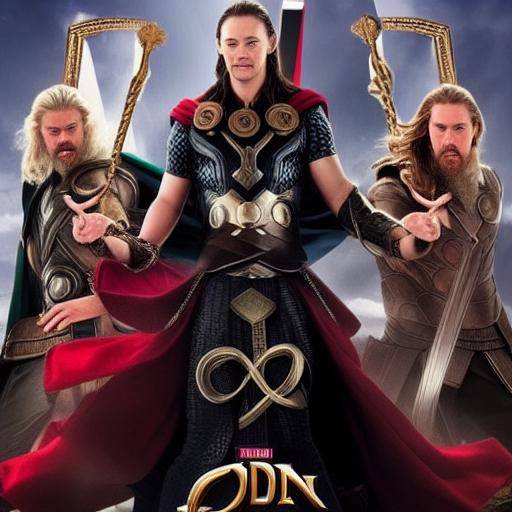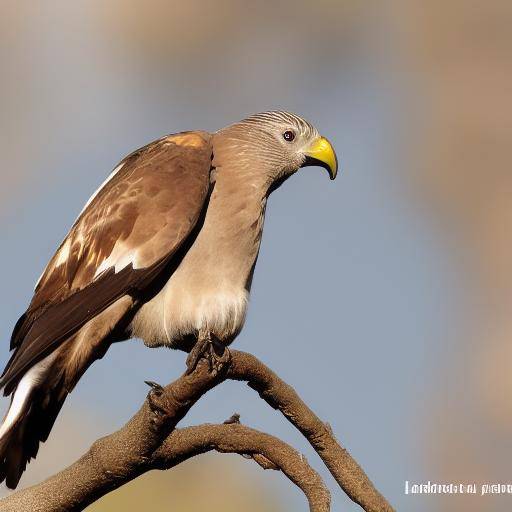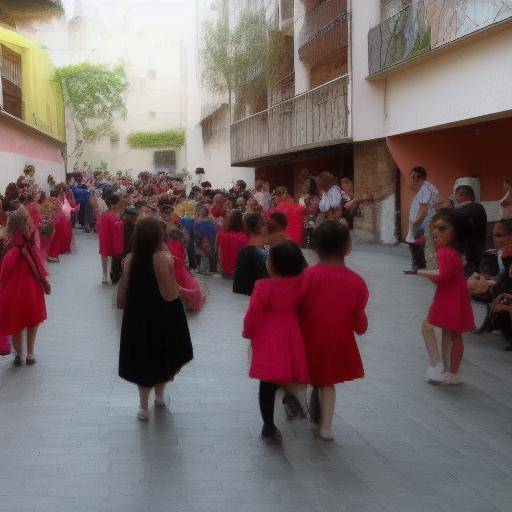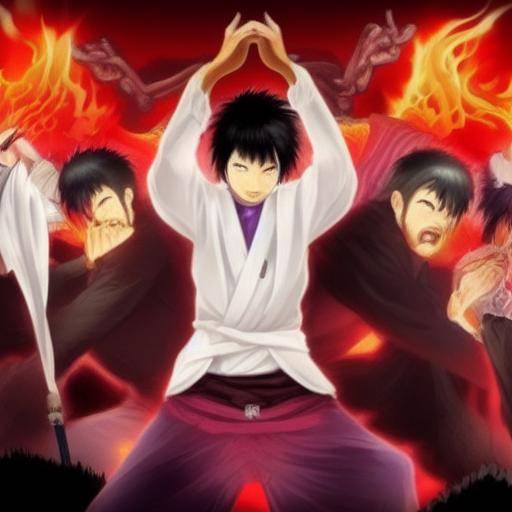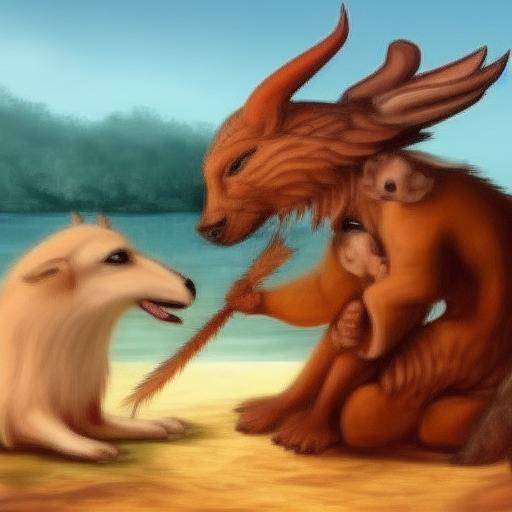
The world of Celtic mythology is full of mystery, symbolism and meaning, and animals play a fundamental role in these stories. From the majestic deer to the ferocious wolf, Celtic animals are imbued with symbolism and sacred power in the narratives and beliefs of this ancient culture. In this article, we will explore the importance of animals in Celtic mythology, the symbolism they represent and their relevance today. Join us on this fascinating journey to discover the stories, meanings and connections of Celtic animals with contemporary mythology and culture.
Introduction: Animal Fascination in Celtic Mythology
Celtic mythology is rich in epic narratives that have endured over the centuries. In these legends, animals play a vital role, transcending their mere physical existence to become symbols of important virtues, powers and myths. As we explore the magical worlds of Celts, animals appear as guiding spirits, protectors and protagonists of stories that convey ancestral teachings.
History and Background of Celtic Mythology
Celtic mythology has its roots in ancient Europe, covering territories that included parts of what today are France, Great Britain and Ireland. Despite the transcendence of the Celtic religion in its time, the mythological legacy has survived mainly through oral accounts and subsequent writings. The diversity and wealth of Celtic myths reflect the fusion of beliefs of various ethnic groups living in the region.
Detailed Exploration of Celtic Symbolism and its Relationship with Animals
Celtic symbolism is complex and multifaceted, revealing a deeply connected cosmovision with nature and the spiritual world. Animals acquire a sacred character, representing not only physical attributes, but also metaphysical qualities. The colossal influence of nature in the Celtic cosmovision is reflected in the multiplicity of animal figures present in its mythology.
Complete Analysis of the Role of Animals in Celtic Mythology
Animals in Celtic mythology are much more than simple creatures; they are carriers of ancestral teachings, spiritual guardians and symbols of power. Through a thorough examination of Celtic narratives, we can understand how animals stare at stories that reflect fundamental values for Celtic culture, such as courage, wisdom or love.
Comparison of Themes Related to Celtic Animals, Celtic Symbolism and Mythology
Celtic symbolism and mythology have an intimate relationship with animals, since these represent essential aspects of the vision of the Celtic world. The intrinsic connection between animals, symbolism and mythological stories reveals the profound understanding that the Celts had of nature, the cycle of life and the transcendence of the world.
Conclusion
Animals in Celtic mythology are living witnesses of an ancestral worldview that continues to fascinate and enrich the cultural heritage of humanity. Through their symbolic narratives, the Celts left an imperishable legacy that continues to connect current generations with the beauty, mystery and symbolism of nature. Understanding the role of animals in Celtic mythology invites us to reflect on our relationship with the nature and power of stories to transcend time.
Frequently asked questions
**1. Why are animals so important in Celtic mythology?**The relationship between the Celts and the animals was rooted in their cosmovision, where nature was sagrda. Animals symbolized attributes and teachings that were fundamental in everyday life and in Celtic beliefs.
**2. What animals are especially relevant in Celtic mythology and why?**Some animals featured in Celtic mythology include deer, wolf, horse and raven, among others. Each of them has symbolic and mythological attributes that make them central figures in Celtic beliefs.
**3. How did Celtic mythology influence the contemporary vision of animals?**Celtic mythology has left a lasting legacy in culture, contributing to a more holistic and respectful vision of nature and animals. His teachings continue to inspire a deeper connection with the natural world.
**4. Are there parallels between Celtic mythology and animal symbolism in other cultures?**Yes, similarities have been identified in animal symbolism between Celtic mythology and other cultural traditions, highlighting the universality of the links between humans and animals in the collective imagination.
**5. How is Celtic animal symbolism used today?**Celtic animal symbolism has been integrated into contemporary culture through jewelry, art and spirituality. Many people also seek to connect with their Celtic heritage through animal symbols today.
**6. Where can I learn more about Celtic mythology and animal symbolism?**There are numerous online resources and libraries that offer detailed information about Celtic mythology and animal symbolism. Find books on history, mythology and Celtic culture to explore this fascinating theme more thoroughly.
In short, Celtic mythology gives us a vision of the relationship between humans and animals that goes beyond the merely earthly. Through their stories and symbolism, this ancient culture teaches us to honor, understand and value the spiritual wealth that animals bring to our lives. The legacy of animals in Celtic mythology invites us to reflect on our connection with nature and to appreciate the lasting impact of these ancestral stories on our contemporary view of the world.

